Talipes occurs when a baby is born with a foot or ankle twisted out of position or shape Some of the most common forms of talipes include clubfoot (talipes equinovarus), talipes calcaneovalgus and metatarsus varusTalipes refers to the foot and ankle Equinovarus refers to the position of the foot pointing down and turning inwards Congenital Talipes Equinovarus is sometimes referred to as club foot Club foot occurs in less than 05% of births It is more common in boys than girls In half of the babies with club foot, both feet are affectedThis video explain the etiology, clinical presentation, incidence, types and management of clubfoot It provides excellent overview for this condition and he
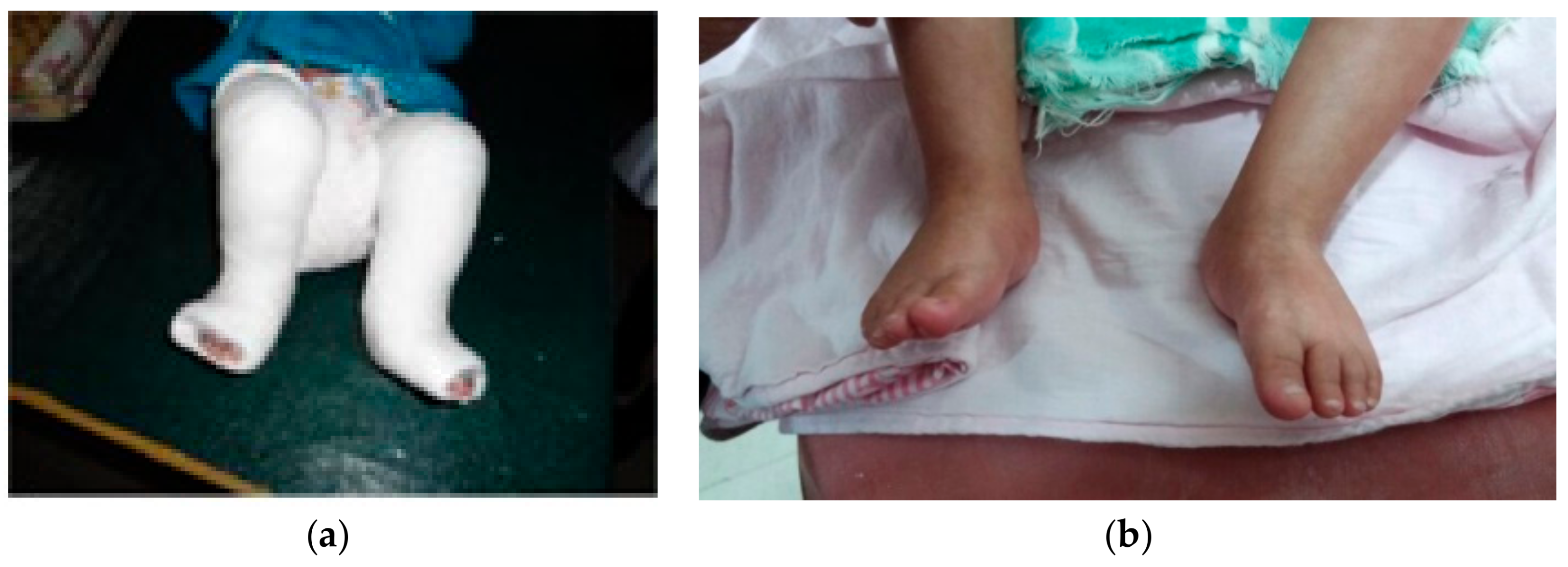
Children Free Full Text Ponseti Technique For The Management Of Congenital Talipes Equinovarus In A Rural Set Up In India Experience Of 356 Patients Html
Talipes club foot types
Talipes club foot types-What is Clubfoot Club foot is also known as Talipes Equino Varus It is a common condition, in which new born feet points medially and downward This condition is diagnosed at birth More common in males than females Incidence is 1 per 1000 live birth Types of Clubfoot Club feet can be classified in three different ways – EtiologicalAssociated abnormalities In >50% of cases the condition is isolated Chromosomal abnormalities common finding in trisomies 18 and 13 Commonly associated with prolonged oligohydramnios, brain abnormalities, spina bifida, skeletal and neuromuscular disorders More than 250 genetic syndromes include clubfoot as one component




Talipes Club Foot Doctors Australia
Club Foot also is known as Giles Smith Syndrome, Congenital talipes equinovarus (CTEV), or talipes equinovarus (TEV) The Word "Talipes Equinovarus" comes from Latin Talus (ankle) pes (foot)Equino– indicates the heel is elevated (like a horse's) varusindicates it is turned inward The foot is turned in sharply, and the person seems to be walking on their ankle Picture 1 – Talipes equinovarus Club foot; Congenital talipes equinovarus, or club foot, is one of the commonest congenital orthopaedic conditions Its incidence in the UK is approximately
Clubfoot, or congenital talipes equinovarus, is a congenital foot deformity, where the baby's foot is twisted because the tissues that connect the muscle to the bones are shorter than usual A child can be born with the condition in a single foot, or with a bilateral clubfoot, where both feet of the baby are twisted inwardsPositional talipes usually improves with gentle stretches There are 2 main types of positional talipes, depending on the position of your baby's feet 1 Talipes Equinovarus Where your baby's foot turns inwards and the front half of the foot points down 2 Talipes Calcaneovalgus Where your baby's foot is pushed up and the front halfBraces "The real challenge of the Ponseti Method begins when casting ends Children must wear a brace locking their feet in place 23 hours a day After three months, the time required begins to drop incrementally until age 4 or 5 when, according to Dr Ponseti, the gene that causes club feet is no longer active"
There are two types of clubfoot Isolated or idiopathic clubfoot is the most common type If your child has clubfoot with no other medical problems, it's called isolated clubfoot Idiopathic means that the cause of clubfoot is not known Nonisolated clubfootNeurogenic clubfoot may also develop later in children as a result of spinal cord compression or cerebral palsy Syndromic talipes;Clubfoot is a foot deformity classified into three different types idiopathic (unknown cause), neurogenic (caused by condition of the nervous system) and syndromic (related to an underlying syndrome) Idiopathic Clubfoot Also known as talipes equinovarus, idiopathic clubfoot is the most common type of clubfoot and is present at birth




Before Going To Doctor Which Must Know About Clubfoot Rxharun




Pdf Congenital Idiopathic Talipes Equinovarus Before And After Walking Age Observations And Strategy Of Treatment From A Series Of Cases Semantic Scholar
Complex Clubfoot any foot with deformity that has received any type of treatment other than the Ponseti method may have added complexity because of additional pathology or scarring from surgery Resistant Clubfoot this is a clubfoot where Ponseti treatment has been correctly performed but there has been no significant improvement It is often found that this type of clubfoot Clubfoot (congenital talipes equinovarus) Clubfoot, also known as congenital talipes equinovarus, is a common idiopathic deformity of the foot that presents in neonates Diagnosis is made clinically with a resting equinovarus deformity of the foot Treatment is usually ponseti method castingTalipes covers several physical foot conditions that a baby may be born with One type of talipes is commonly known as club foot Find out the difference between the types of talipes, and how each condition is treated
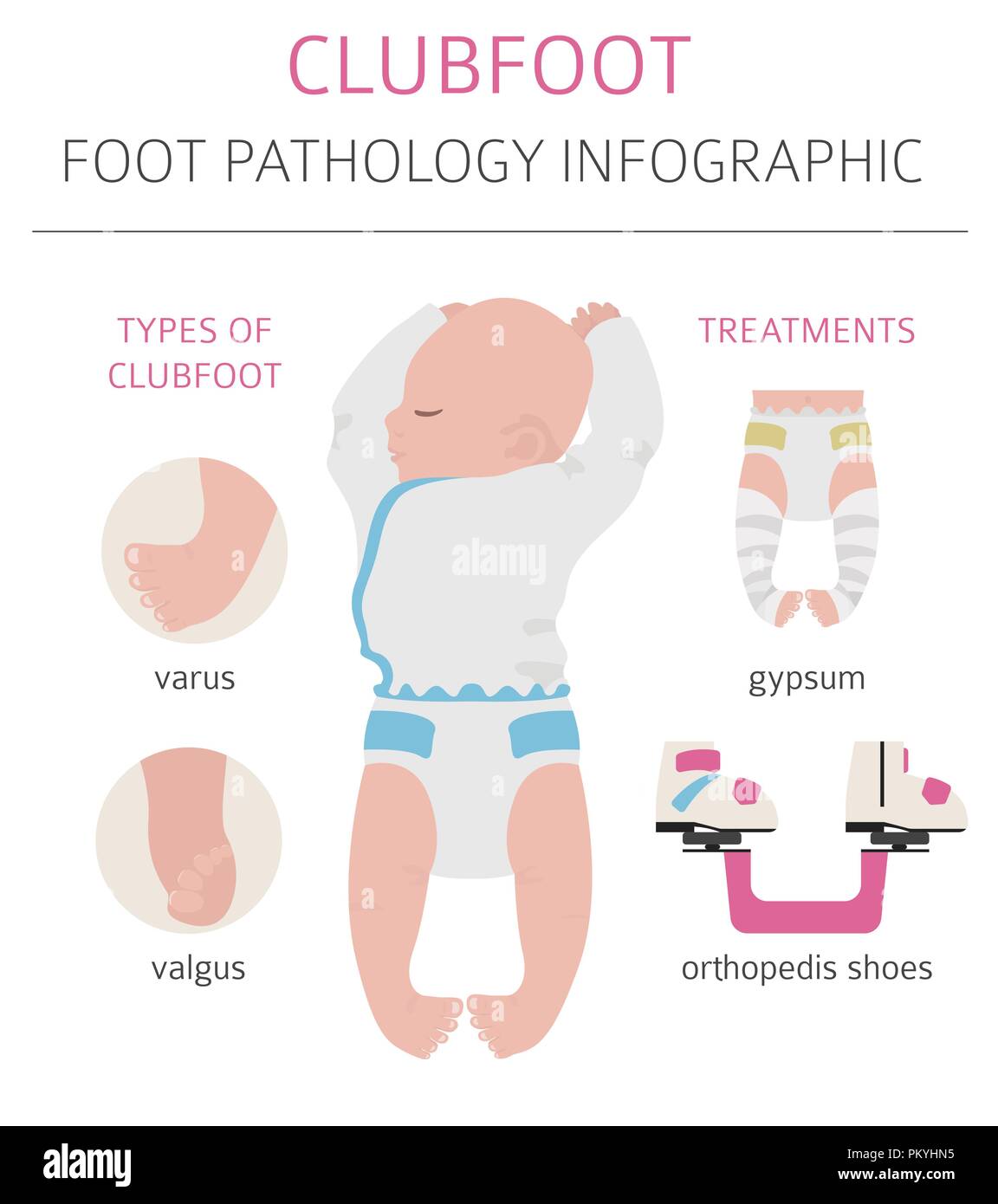



The Clubfoot Fotos E Imagenes De Stock Alamy




Orthopedi Posts Facebook
There is in utero malalignment of the talocalcaneal, talonavicular and calcaneocuboid joints; CLUB FOOT Definitions Talipes Talus = ankle Pes = foot Equinus (Latin = horse) Foot that is in a position of planter flexion at the ankle, looks like that of the horse Calcaneus Full dorsiflexion at the ankle 9 CLUB FOOT Types Idiopathic (Unknown Etiology) CongenitalTalipes EquinoVarus CTEV Acquired, Secondary to CNS Disease Spina Talipes is also known as club foot It is a deformity of the foot and ankle that a baby can be born with In about half of babies born with talipes, both feet are affected 'Talipes' means the ankle and foot;
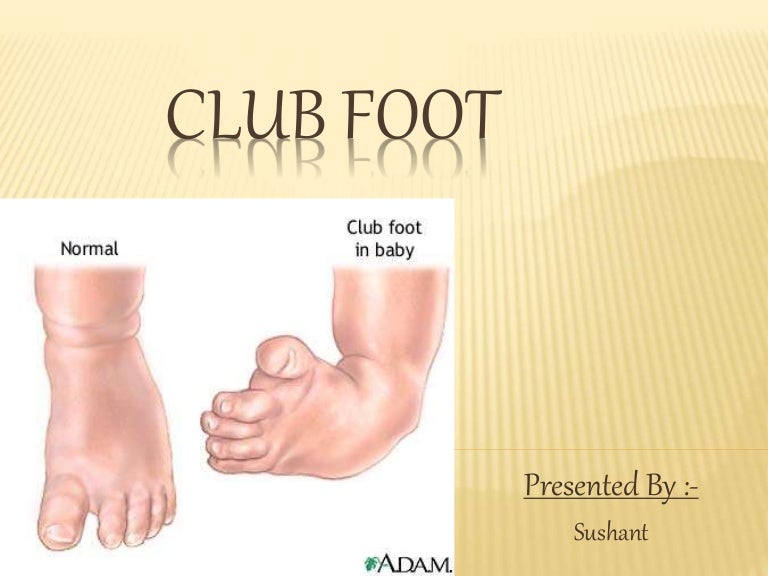



Club Foot
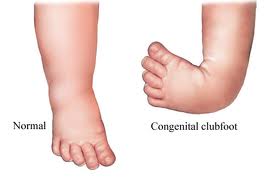



Introduction To Clubfoot Physiopedia
Background Congenital talipes equinovarus (CTEV), also known as clubfoot, is a common congenital orthopaedic condition characterised by an excessively turnedin foot (equinovarus) and high medial longitudinal arch (cavus) If left untreated it can result in longterm disability, deformity and pain Interventions can be conservative (such as splinting or stretching)Congenital clubfoot is differentiated by structural, postural and secondary type The postural clubfoot can occur by abnormal position during birth and manipulative control The patient should be thoroughly examined to assess the features of paralytic clubfoot Congenital clubfoot can be rectifying completely Diagnostic tests Table 1 PiraniStructural Talipes (Club Foot) In the rare event that the talipes is resultant from the bones not forming properly, an opinion from a paediatric orthopaedic surgeon is required Your paediatric physiotherapist will be able to assess this for you and refer




8 Baby Clubfoot Not So Difficult To Correct Ideas Club Foot Club Foot Baby Baby Shopping Cart




Club Foot
Talipes equinovarus (TEV) is the specific term and common type of what is sometimes called "clubfoot", a term that encompasses a range of anomalies of the ankle or foot present at birth Fig 34 Talipes equinovarusClub foot (also called talipes) is where a baby is born with a foot or feet that turn in and under Early treatment should correct it In club foot, 1 foot or both feet point down and inwards with the sole of the foot facing backwards Credit Club foot happens because the Achilles tendon (the large tendon at the back of the ankle) is too shortClubfoot, congenital twisting of the foot In the most common type, called talipes equinovarus, the heel bends upward and the front part of the foot is turned inward and bent toward the heel The frequency of the disorder is equal in males and females A mild form, possibly caused by poor p



1
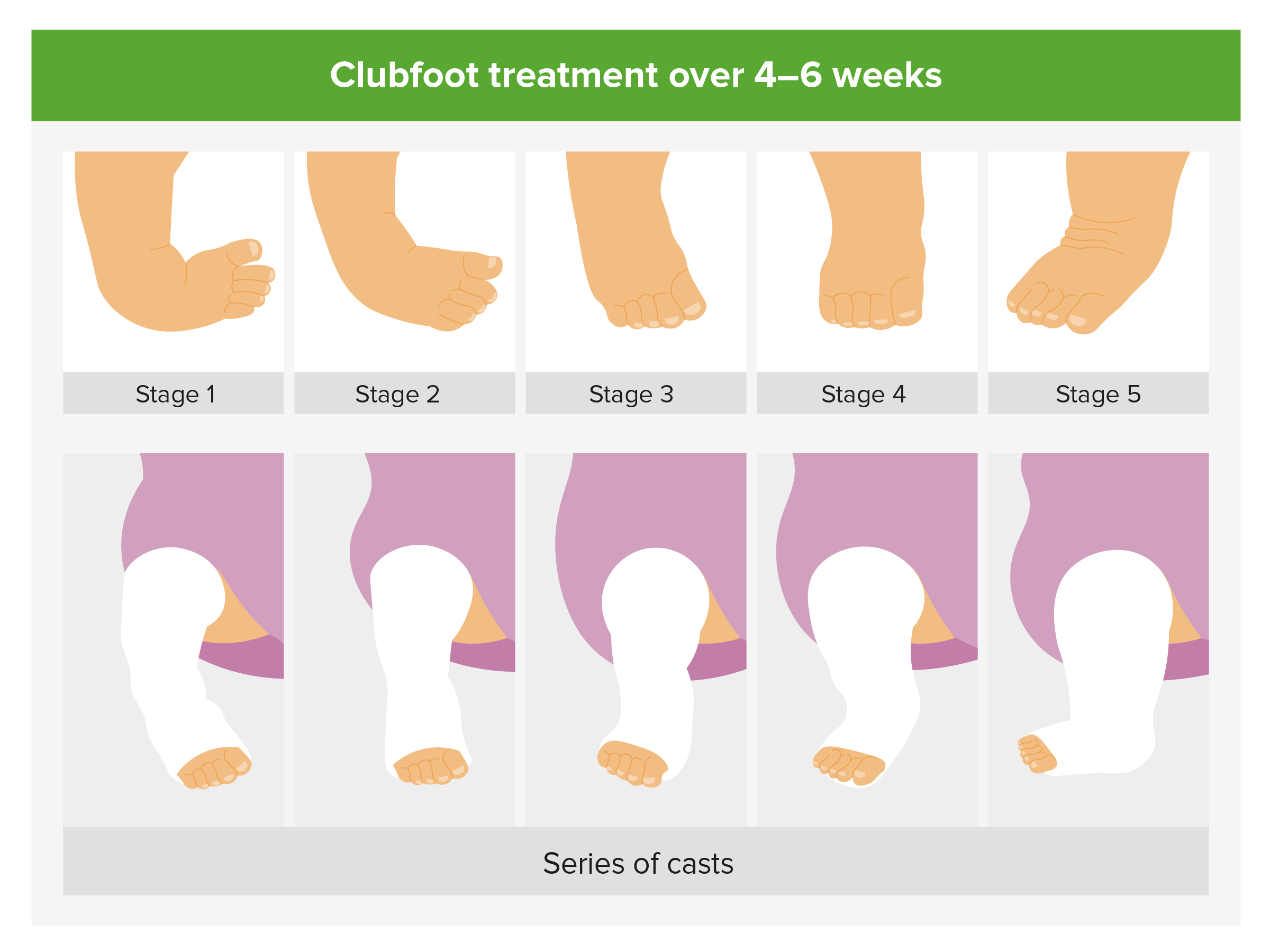



Foot Deformities Concise Medical Knowledge
A Acquired type b Congenital type c a and b d None of the above 👉 Check Answer Club foot 1 CLUB FOOT Presented By Sushant 2 INTRODUCTION Talipes Latin talus (ankle) pes (foot) Equino indicates the heel is elevated (like a horse's) varus indicates it is turned inward It is a congenital malformation of the lower extremity that affects the lower leg, ankle, and foot Club foot, also called congenital talipes equinovarus (CTEV), isMH is rare and unexpected unless there is a personal or family history of an MH episode




Clinical Photographs Showing A The Club Feet Of A 1 5 Month Old Baby Download Scientific Diagram



Clubfoot Global Indian Nurses Organization
Talipes Equinovarus / Clubfoot Discussion congenital clubfoot is a structural foot deformity that is present at birth;Syndromic clubfoot occurs due to some other clinical conditions Arthrogryposis, tibial hemimelia, constriction band syndrome, and diastrophic dwarfism are examples of syndromes that cause clubfootThe club foot or talipes involve ____types?




Talipes Pediatric Physical Therapy Medical Anatomy Medical Dictionary




Children Free Full Text Ponseti Technique For The Management Of Congenital Talipes Equinovarus In A Rural Set Up In India Experience Of 356 Patients Html
Talipes equinovarus Incidence Clubfoot is a common defect present at birth and occurs in every 1,000 live births Bilateral TEV can be found be found in nearly 50% of cases About twice as many males are born with the congenital form than females Talipes equinovarus TypesThe medical definition of the condition commonly referred to as Talipes or clubfoot is Congenital Talipes Equinovarus (CTEV) info@stepscharityorguk COVID19 – View our Covid19 Support PageApache/2425 (Debian) Server at stepsworldwideorg Port 80
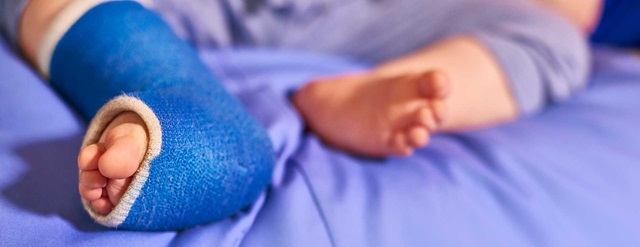



Clubfoot Johns Hopkins Medicine




Representative Case Of Severe Bilateral Clubfoot In A 3 Month Old Male Download Scientific Diagram
Extrinsic This type is usually mild and supple The cause can be due to intrauterine compression (large baby, abnormally shaped or small uterus, or abnormal intrauterine fluid levels) Intrinsic This type is commonly more severe, rigid and the calf muscle is smaller The foot may be smaller and there can be a bone deformity of the talusTalipes means that one or both feet are turned In most cases the front of the foot is turned inwards and downwards (talipes equinovarus) Much more rarely the foot is turned downwards and outwards (talipes equinovalgus) In the past, talipes was called clubfoot There are two types of talipes and it is important toClubfoot is an abnormality that is present at birth The foot is twisted and shaped abnormally due to shortened tendons There are a few different types of clubfoot bit and these latin words you see here are used to describe the different types Talipes means
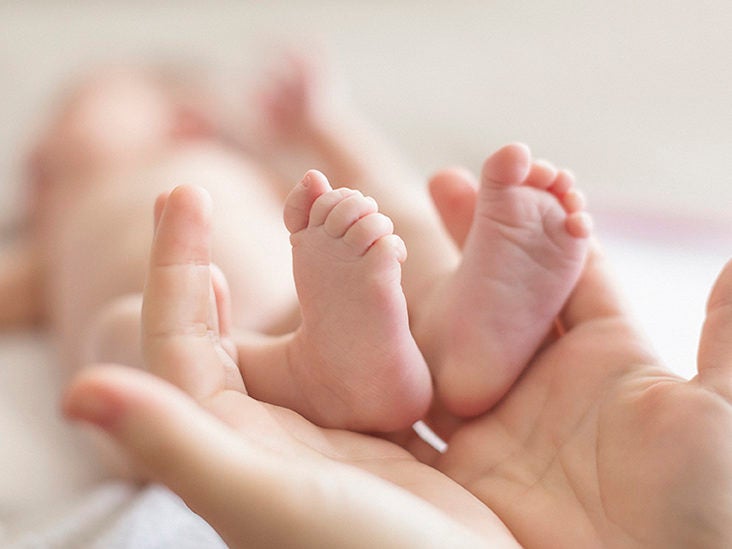



Clubfoot Repair Treatments Procedure Outlook




Foot Deformities Various Talipes Conditions Pediatric Physical Therapy Pediatric Nursing Club Foot
'equinovarus' refers to the position that the foot is in (see below) Talipes is a congenital conditionClub foot (also called talipes equinovarus) is a general term used to describe a range of unusual positions of the foot Each of the following characteristics may be present, and each may vary from mild to severe The foot (especially the heel) is usually smaller thanIdiopathic clubfoot The most common type of clubfoot is idiopathic, which means the cause is unknown Idiopathic clubfoot is not related to any other medical problems Feet of babies with this type of clubfoot are stiff and hard to manipulate Syndromic clubfoot Syndromic clubfoot occurs when the condition is part of a larger syndrome This type is usually more severe and difficult to
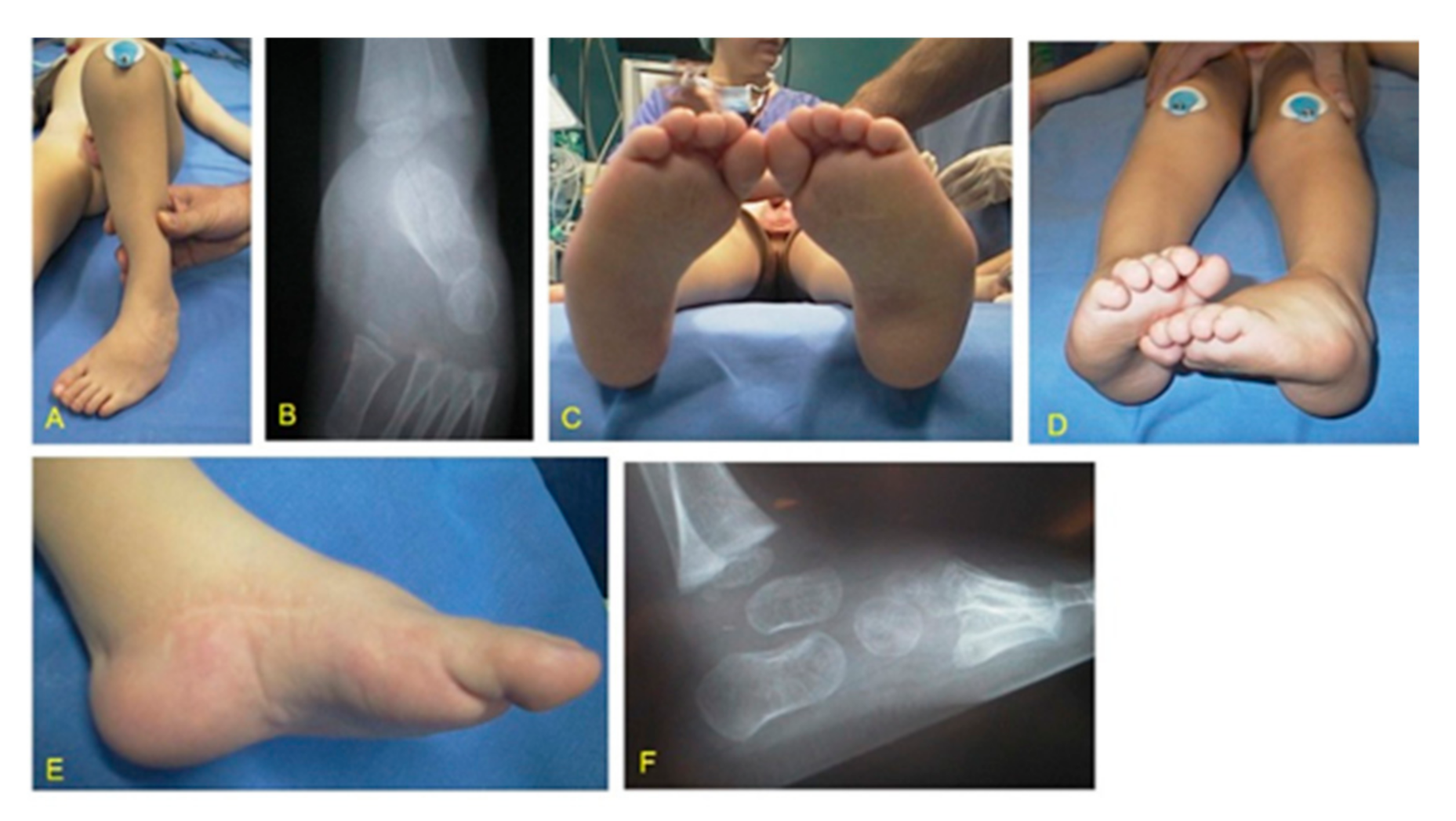



Children Free Full Text Surgical Treatment Of Clubfoot In Children With Moebius Syndrome Html




Club Foot Congenital Talipes Equinovarus The Nepali Doctor
The clubfoot deformity is often referred to as congenital talipes equinovarus (CTEV) Congenital clubfoot is a rigid deformity present at birth characterized by ankle equinus, heel tilt into varus, and midfoot and forefoot adduction with varus tiltArticular malalignments are fixed by contracted joint capsules, ligaments, and contracted foot and ankle tendons;Club foot also known to doctors as congenital talipes equinovarus, is a common birth defect (congenital clubfoot) that can affect one or both feet The child is born with a foot pointing the wrong way – turned down and in – that cannot be placed flat on the ground in the position needed for walking (Figure 1)




Congenital Club Foot In Child Kerala Nurses Hub Youtube
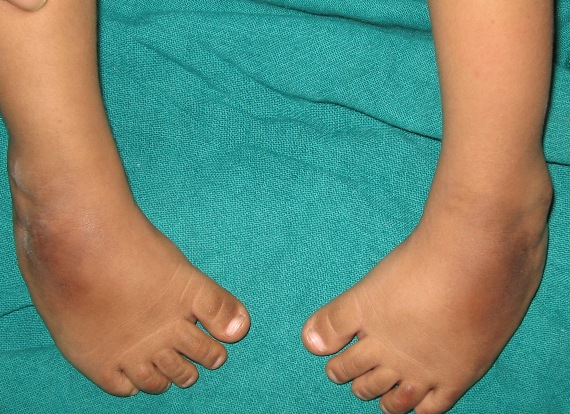



Congenital Talipes Equinovarus Or Club Foot Bone And Spine
Clubfoot is often classified as isolated or nonisolated Isolated clubfoot is the most common and is not associated with any other medical conditions Nonisolated clubfoot occurs in babies who have other conditions such as spina bifida or arthrogryposisOccasionally club foot runs in the family If one parent has club foot, there is a 3–4% chance that their child will have the same condition If both parents are affected, there is a 15% chance that their child will have club foot Diagnosing talipes Club foot can be detected in an unborn baby by ultrasound but it cannot be treated before birthClubfoot Clubfoot is a deformity in which an infant's foot is turned inward, often so severely that the bottom of the foot faces sideways or even upward Approximately one infant in every 1,000 live births will have clubfoot, making it one of the more common congenital (present at



1




Club Foot Symptoms And Treatment
Malignant hyperthermia (MH) is a rare, potentially lethal disorder of skeletal muscle MHsusceptible persons may acquire fulminant hypermetabolism and muscle injury when administered potent inhalational anesthetics or succinylcholine In the past, MH was referred to as a "hidden killer" Why hidden?Positional talipes Positional talipes (equinovarus) is a common foot condition in newborn babies that may affect one or both feet In positional talipes the foot rests down and inwards (Figure 1) but remains flexible It can therefore be gently moved into a normal position The condition is thought to be caused by the baby's position while inBackground Congenital talipes equinovarus (CTEV), which is also known as clubfoot, is a common congenital orthopaedic condition It is characterised by an excessively turned in foot (equinovarus) and high medial longitudinal arch (cavus) If left untreated it can result in longterm disability, deformity and pain




Congenital Talipes Equinovarus Congenital Clubfoot Prof Mohamed M




Clubfoot Pdf Pied Medecine Clinique
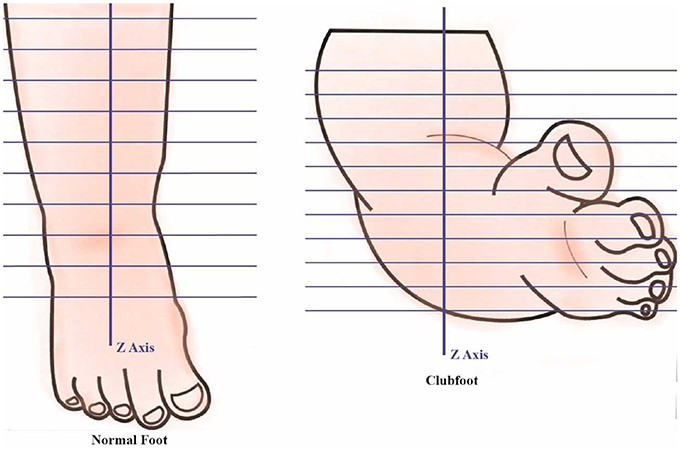



Frontiers Developing A Three Dimensional 3d Assessment Method For Clubfoot A Study Protocol Physiology




Clubfoot And Other Foot Defects Children S Health Issues Merck Manuals Consumer Version




Clubfoot Wikipedia




Idiopathic Talipes Equinovarus Congenital Clubfoot Disclaimer The Findings
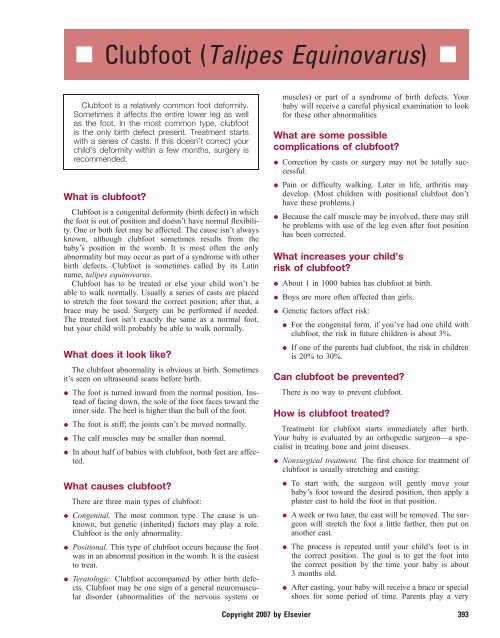



Clubfoot Talipes Equinovarus Impcna Com




Clubfoot
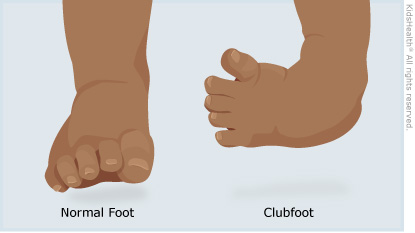



Clubfoot For Parents Nemours Kidshealth




Club Foot




Talipes Club Foot Special Footwear And Orthotics




Dimeglio Score Evaluation A Bilateral Clubfoot B Varus 3 C Download Scientific Diagram
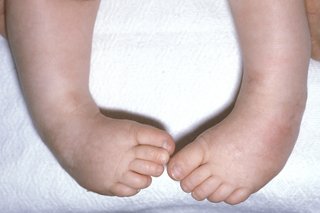



Club Foot Nhs
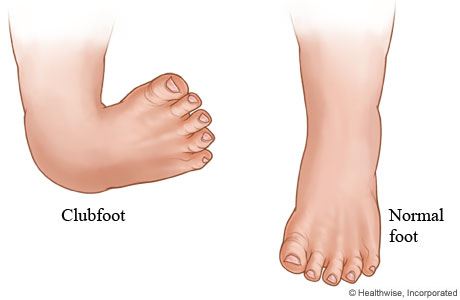



My Journey With Baby S Positional Clubfoot Part 1 Baby Gizmo



Clubfoot Symptoms Stages Definition Description Demographics Causes And Symptoms Diagnosis




Clubfoot Ilustraciones Stock Vectores Y Clipart 98 Ilustraciones Stock




Clubfoot Phenotype In Pma Pma Mice Human Newborn With Congenital Download Scientific Diagram



Feet




Design And Development Of Orthosis For Clubfoot Deformity Springerlink




Pdf The Developmental And Genetic Basis Of Clubfoot In The Peroneal Muscular Atrophy Mutant Mouse
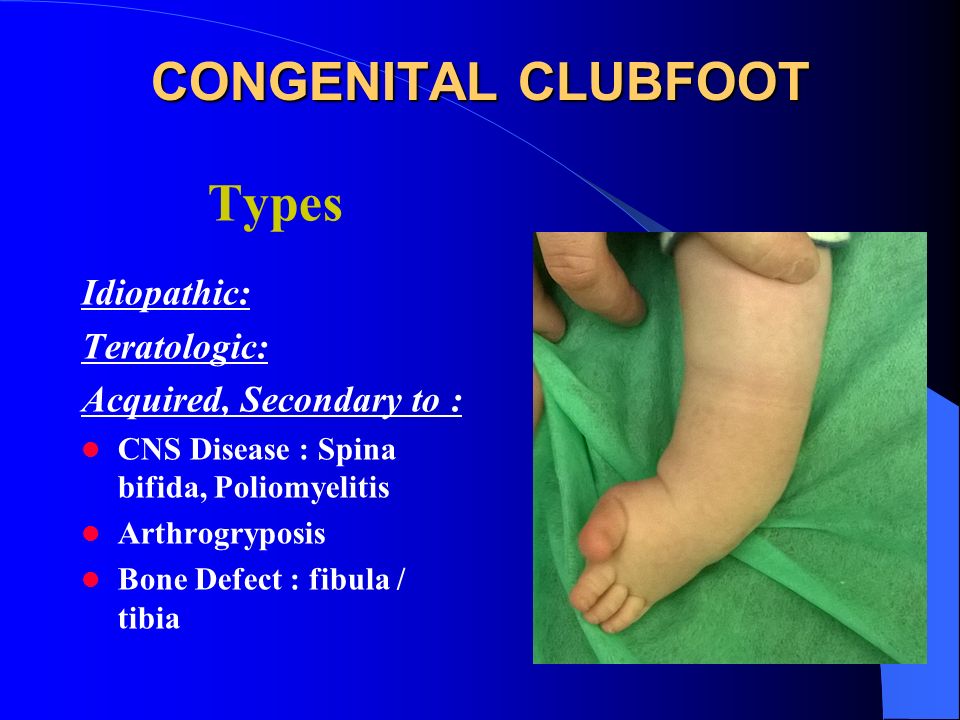



Congenital Clubfoot Congenital Talipes Equino Varus Ppt Video Online Download




Orthokids Clubfoot




Talipes Deformity Case Study Clubfoot Nursing Crib




Club Foot Talipes In Babies Causes Signs Treatment Youtube



Clubfoot Orthoinfo os




Clubfoot Its Types And Causes Simplified In Hindi Youtube




Pdf Current Conservative Management And Classification Of Club Foot A Review Semantic Scholar




Clubfoot Congenital Talipes Equinovarus Pediatrics Orthobullets




Congenital Talipes Equinovarus Or Club Foot Bone And Spine
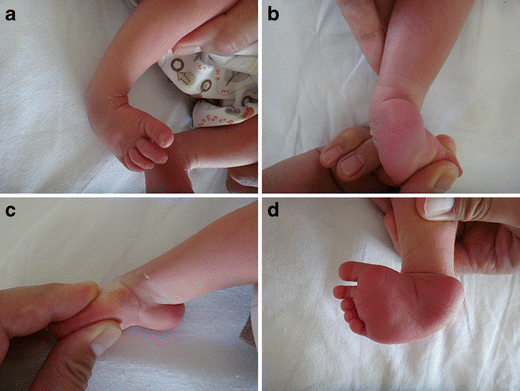



Congenital Clubfoot Early Recognition And Conservative Management For Preventing Late Disabilities Springerlink




Clubfoot Orthopaedia




Clubfoot Wiki Thereaderwiki




Club Foot Congenital Talipes Equinovarus About Club Foot Patient
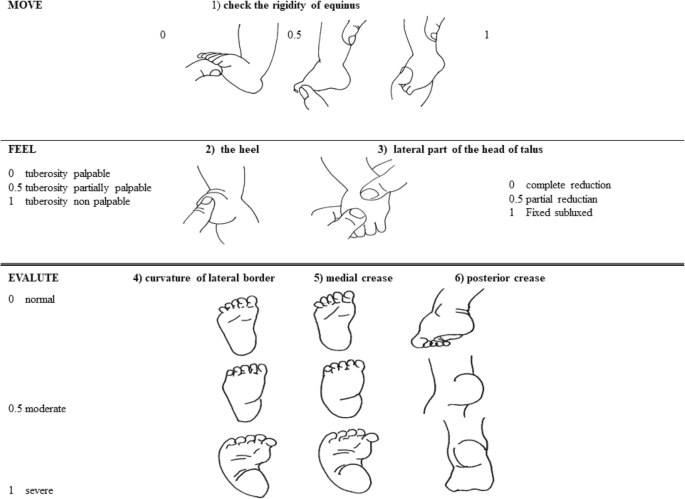



What A Paediatrician Should Know About Congenital Clubfoot Italian Journal Of Pediatrics Full Text




Clubfoot Healthing Ca




Clubfoot Eorthopod Com
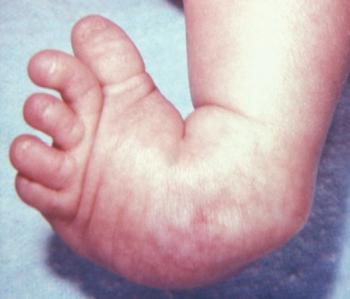



Clubfoot Causes And Treatments
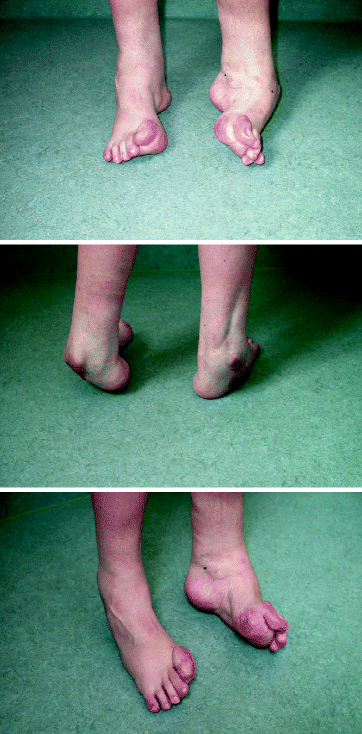



The Current State Of Treatment For Clubfoot In Europe Springerlink



Clubfoot
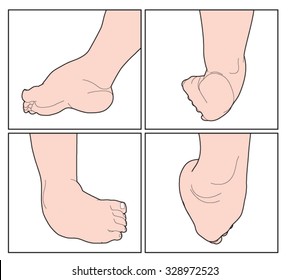



Club Foot High Res Stock Images Shutterstock




Congenital Talipes Equinovarus Clubfoot Nursing Care Management Nurseslabs



Club Foot Talipes Equinovarus Ankle Foot And Orthotic Centre




Clubfoot Congenital Talipes Equinovarus Pediatrics Orthobullets




Clubfoot Congenital Talipes Equinovarus Pediatrics Orthobullets




Challenging Clubfeet The Arthrogrypotic Clubfoot And The Complex Clubfoot Journal Of Children S Orthopaedics




What Is Clubfoot Stanford Children S Health




Treatment Of Relapsed Residual And Neglected Clubfoot Adjunctive Surgery Journal Of Children S Orthopaedics
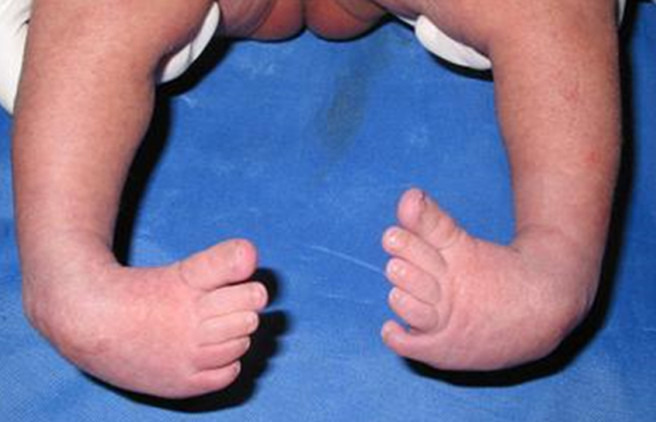



Clubfoot In Babies And Children
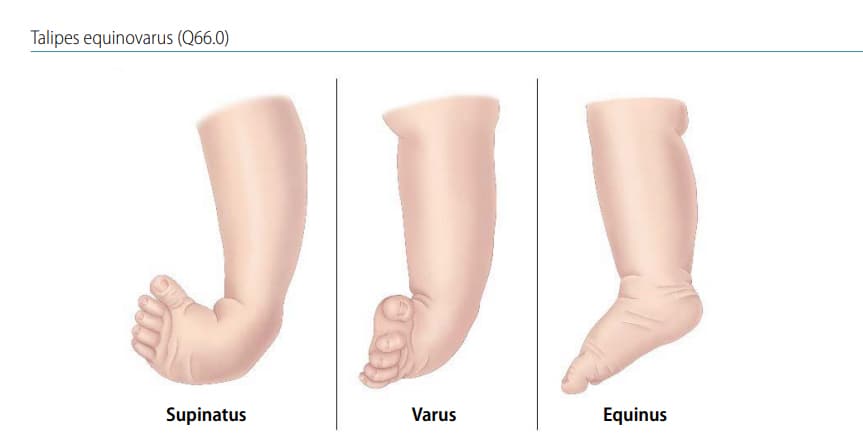



Chapter 4 9 Talipes Equinovarus Talipes Equinovarus Q66 0 Cdc
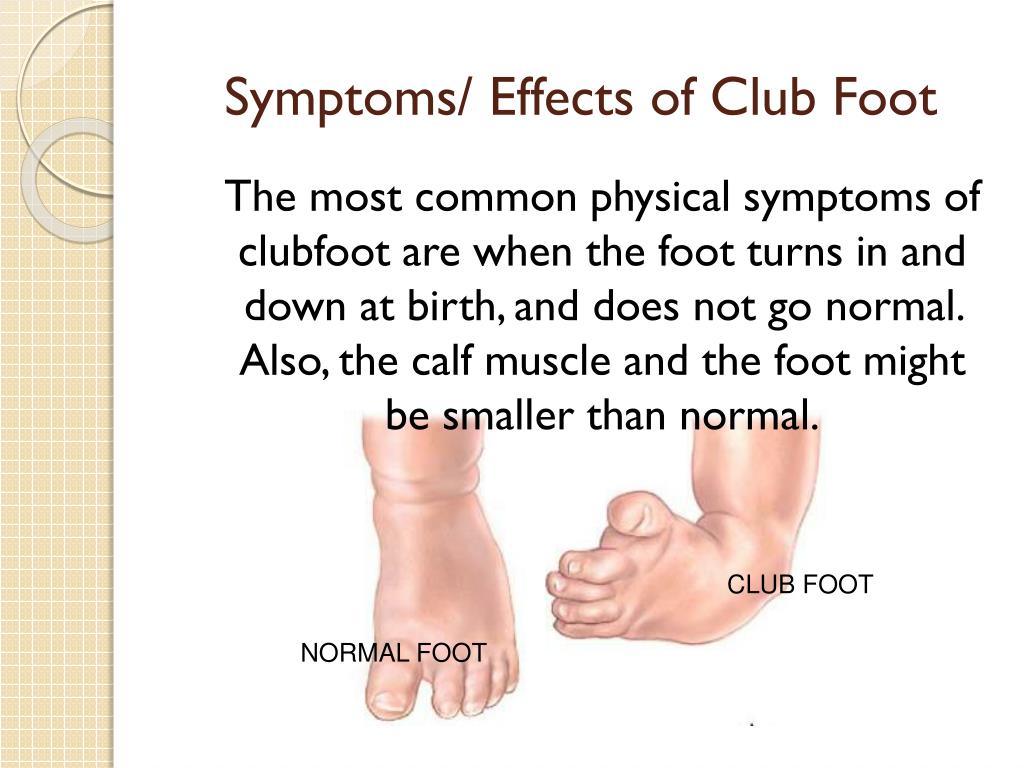



Ppt Club Foot Powerpoint Presentation Free Download Id



Clubfoot What Is Clubfoot What Causes Clubfoot Who Gets Clubfoot What Are The Symptoms Of Clubfoot




Clubfoot Talipes Equinovarus Tev Youtube



1
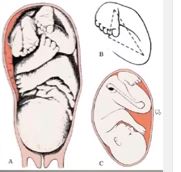



Introduction To Clubfoot Physiopedia
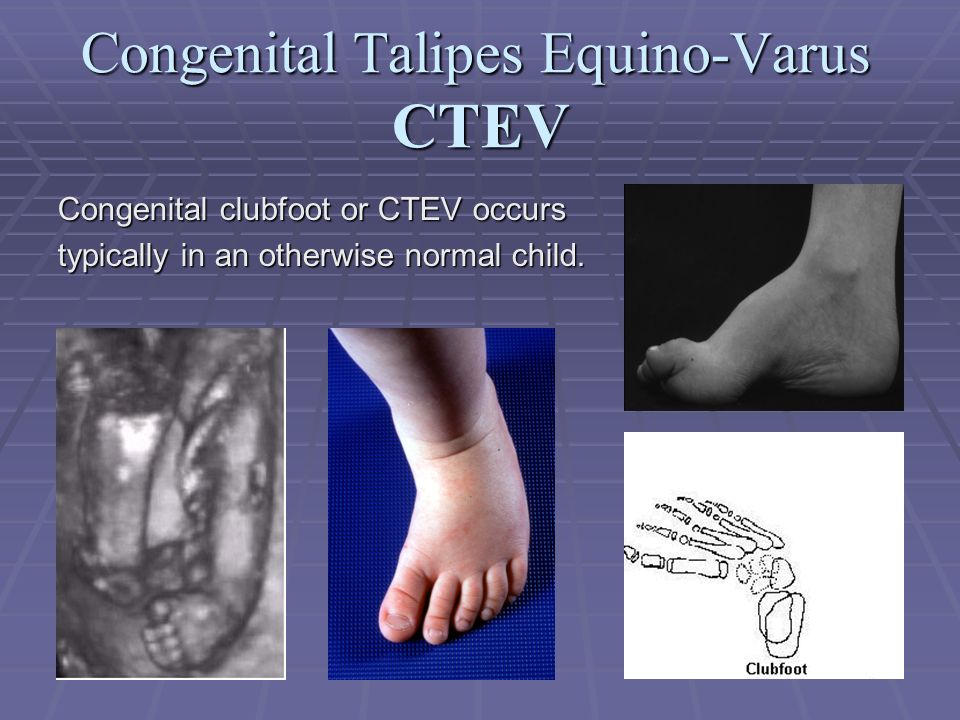



Congenital Talipes Equino Varus Congenital Clubfoot Ppt Video Online Download




Developing A Three Dimensional 3d Assessment Method For Clubfoot A Study Protocol Abstract Europe Pmc
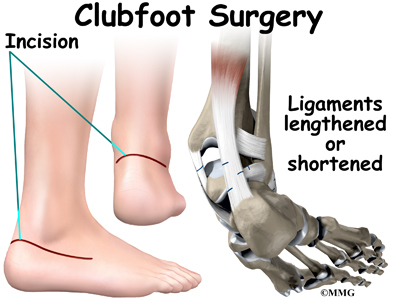



Clubfoot Eorthopod Com




Clubfoot Wikiwand




Clubfoot Nurse Key




Pdf Midterm Results Of The Ponseti Method In The Treatment Of Congenital Clubfoot Semantic Scholar




Physiotherapy For Children Born With Clubfoot Happydna




Clubfoot Treatment Bilateral Club Feet Foot Pain




Challenging Clubfeet The Arthrogrypotic Clubfoot And The Complex Clubfoot Journal Of Children S Orthopaedics
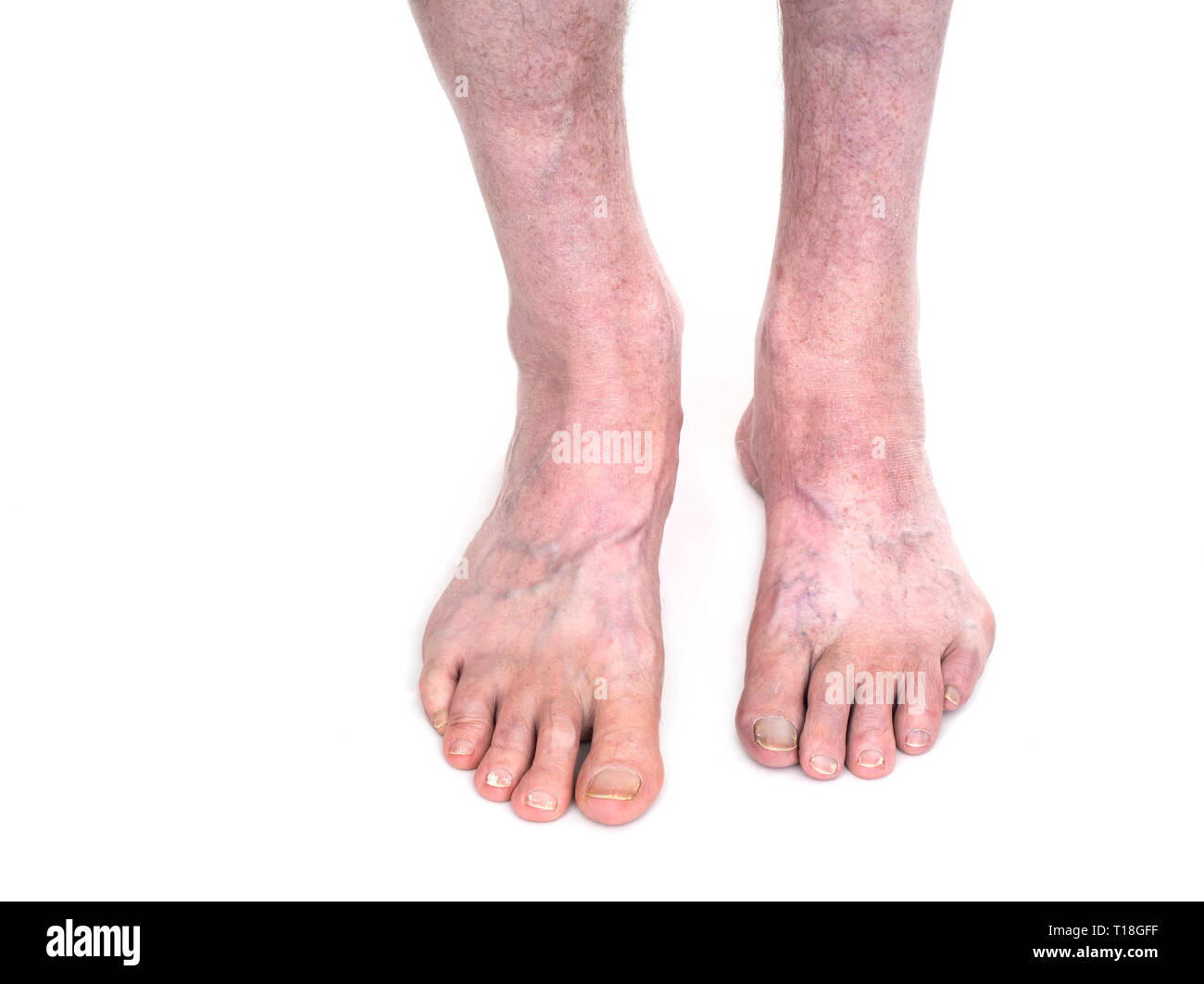



Talipes High Resolution Stock Photography And Images Alamy




References In Development Of An Orthosis For Simultaneous Three Dimensional Correction Of Clubfoot Deformity Clinical Biomechanics




Clubfoot Boston Children S Hospital




By Cassie Maier What Is Club Foot Club Foot Is When One Or Both Babies Feet Are Turned Inward And Downward And Cannot Be Put Into Normal Position Easily Ppt Download




Clubfoot And Other Foot Defects Children S Health Issues Merck Manuals Consumer Version



Talipes
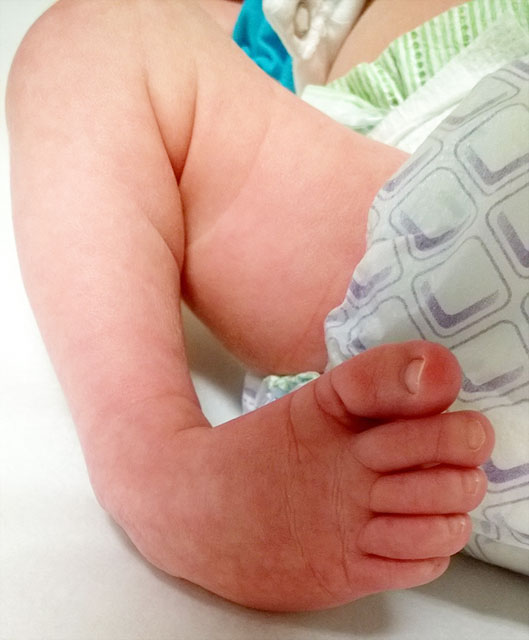



Clubfoot Johns Hopkins Medicine




Congenital Talipes Equinovarus Archives African Journal Of Current Medical Research




Jaypeedigital Ebook Reader




Clubfoot Wikipedia




Congenital Clubfoot Genetic Disorders Types Of Clubfoot




Talipes Club Foot Doctors Australia
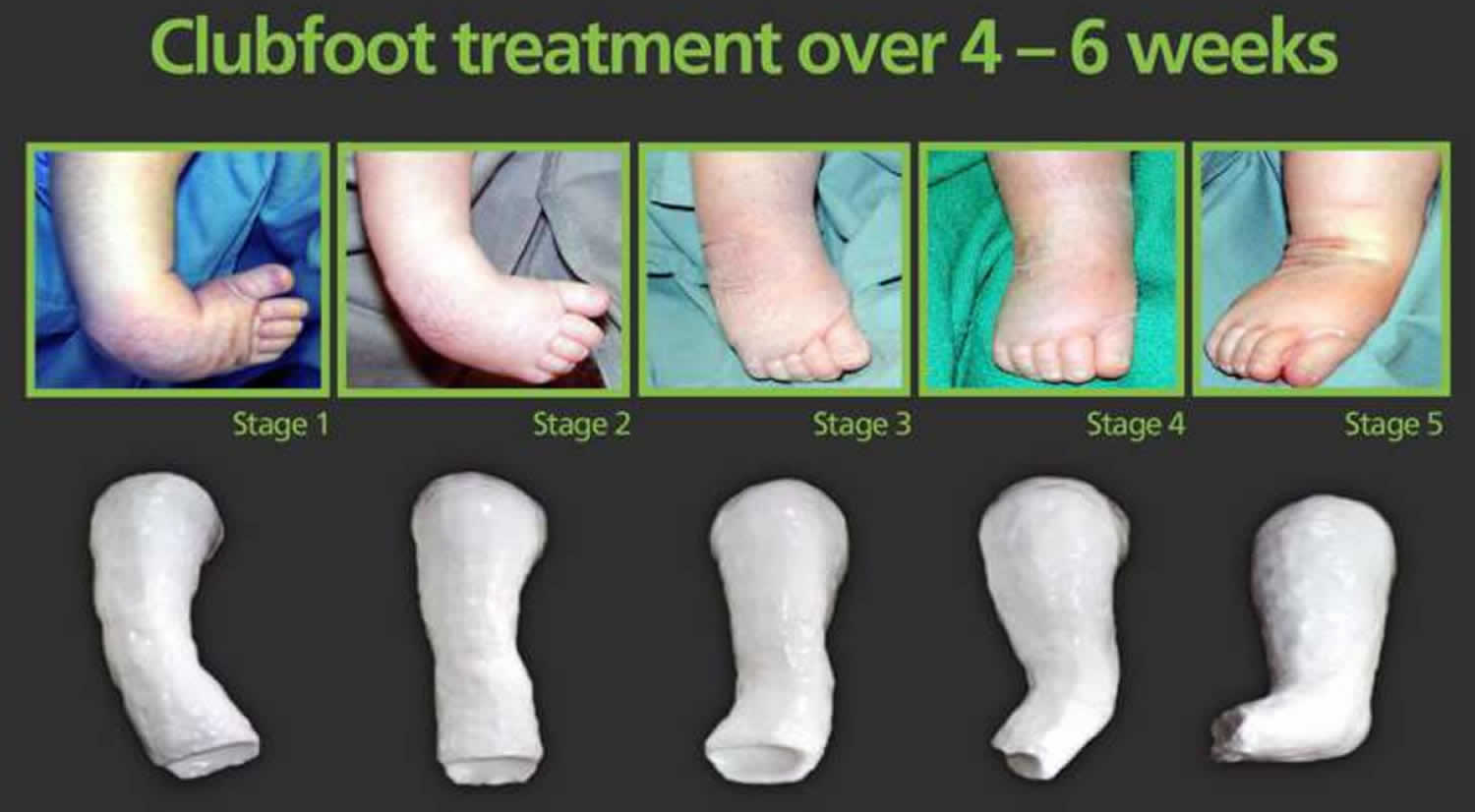



Ponseti Method For Clubfoot Treatment
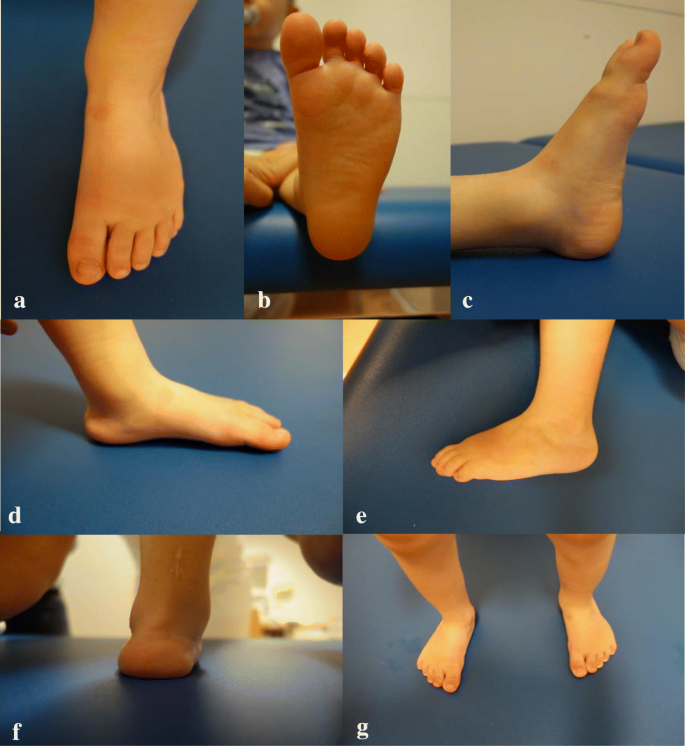



Is Unilateral Lower Leg Orthosis With A Circular Foot Unit In The Treatment Of Idiopathic Clubfeet A Reasonable Bracing Alternative In The Ponseti Method Five Year Results Of A Supraregional Paediatric Orthopaedic Centre



Http Globalclubfoot Org Wp Content Uploads Downloads 11 06 Intro Anat Phys 3may11 Pdf



Clubfoot Orthoinfo os




Clubfoot Wikipedia



0 件のコメント:
コメントを投稿